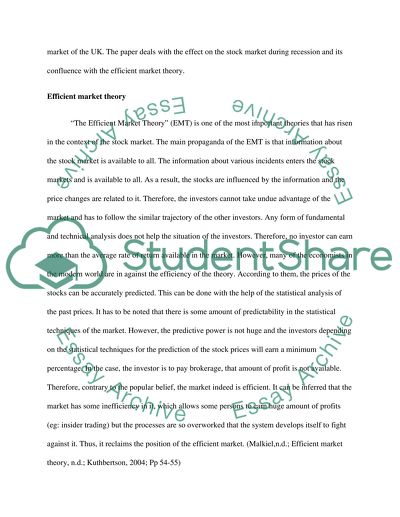Cite this document
(Consistency of the UK Stock Market with Efficient Market Theory Case Study, n.d.)
Consistency of the UK Stock Market with Efficient Market Theory Case Study. https://studentshare.org/finance-accounting/1563946-do-you-think-uk-stock-market-behaviour-in-2009-was-consistent-with-efficient-market-theory
Consistency of the UK Stock Market with Efficient Market Theory Case Study. https://studentshare.org/finance-accounting/1563946-do-you-think-uk-stock-market-behaviour-in-2009-was-consistent-with-efficient-market-theory
(Consistency of the UK Stock Market With Efficient Market Theory Case Study)
Consistency of the UK Stock Market With Efficient Market Theory Case Study. https://studentshare.org/finance-accounting/1563946-do-you-think-uk-stock-market-behaviour-in-2009-was-consistent-with-efficient-market-theory.
Consistency of the UK Stock Market With Efficient Market Theory Case Study. https://studentshare.org/finance-accounting/1563946-do-you-think-uk-stock-market-behaviour-in-2009-was-consistent-with-efficient-market-theory.
“Consistency of the UK Stock Market With Efficient Market Theory Case Study”. https://studentshare.org/finance-accounting/1563946-do-you-think-uk-stock-market-behaviour-in-2009-was-consistent-with-efficient-market-theory.


